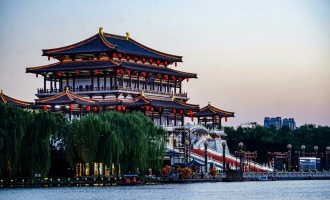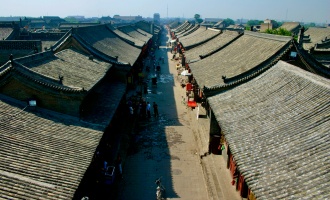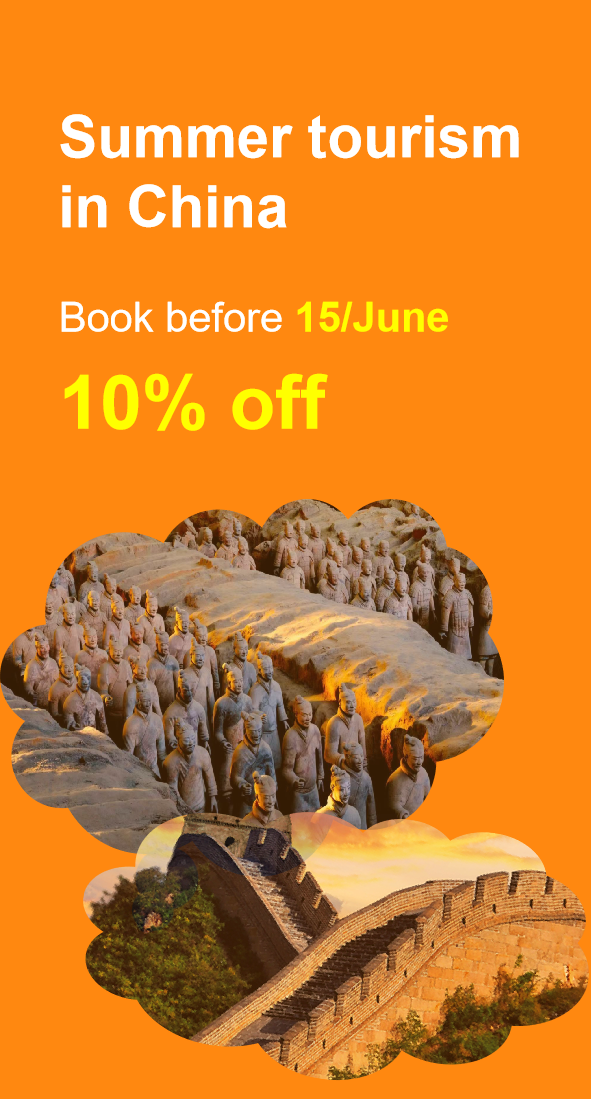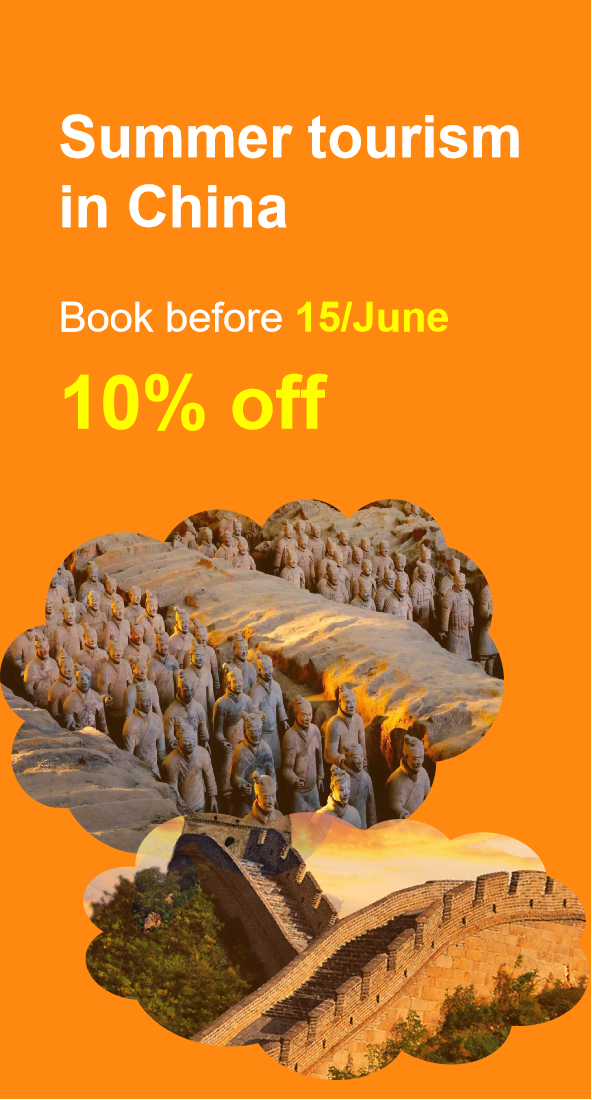This five-day journey through China's heartland unveils layers of imperial grandeur and merchant prosperity across three historic cities. Xi'an, the ancient capital of thirteen dynasties, greets visitors with its awe-inspiring Terracotta Army - thousands of life-sized clay warriors standing in silent vigil for China's first emperor. The city's perfectly preserved Ming Dynasty walls enclose treasures like the iconic Big Wild Goose Pagoda and the aromatic Muslim Quarter, where the scent of cumin-dusted lamb skewers mingles with the sounds of bargaining in winding alleys.
Northward in Shanxi's capital Taiyuan, the 1,400-year-old Jin Temple complex showcases exquisite Song Dynasty architecture amidst ancient cypress trees. Here, the ever-smiling Maid of Jin statue and the floating crossbeam of the Goddess Hall demonstrate China's architectural ingenuity. The province's coal-rich history comes alive through elaborate courtyard homes with carved brick facades and hidden underground tunnels.
The crown jewel awaits in Pingyao, a miraculously intact Ming-Qing merchant town frozen in time. Its six-kilometer crenelated wall protects labyrinthine lanes lined with black-lacquered shop signs and courtyard banks that once controlled China's financial arteries. The Rishengchang Exchange, birthplace of modern Chinese banking, still displays its original abacus and silver vaults. At dusk, red lanterns glow against grey brick buildings, casting shadows where Qing Dynasty merchants once walked.
This triangle of cities presents a living textbook of Chinese civilization - from imperial power and Buddhist art to commercial innovation. The flavors of hand-pulled Shanxi noodles, crispy youtiao bread, and vinegary Liangpi cold noodles add delicious counterpoints to the visual splendor. Every cobblestone street and temple corridor whispers stories of China's enduring cultural legacy, offering travelers an unforgettable immersion into authentic northern Chinese traditions.
































